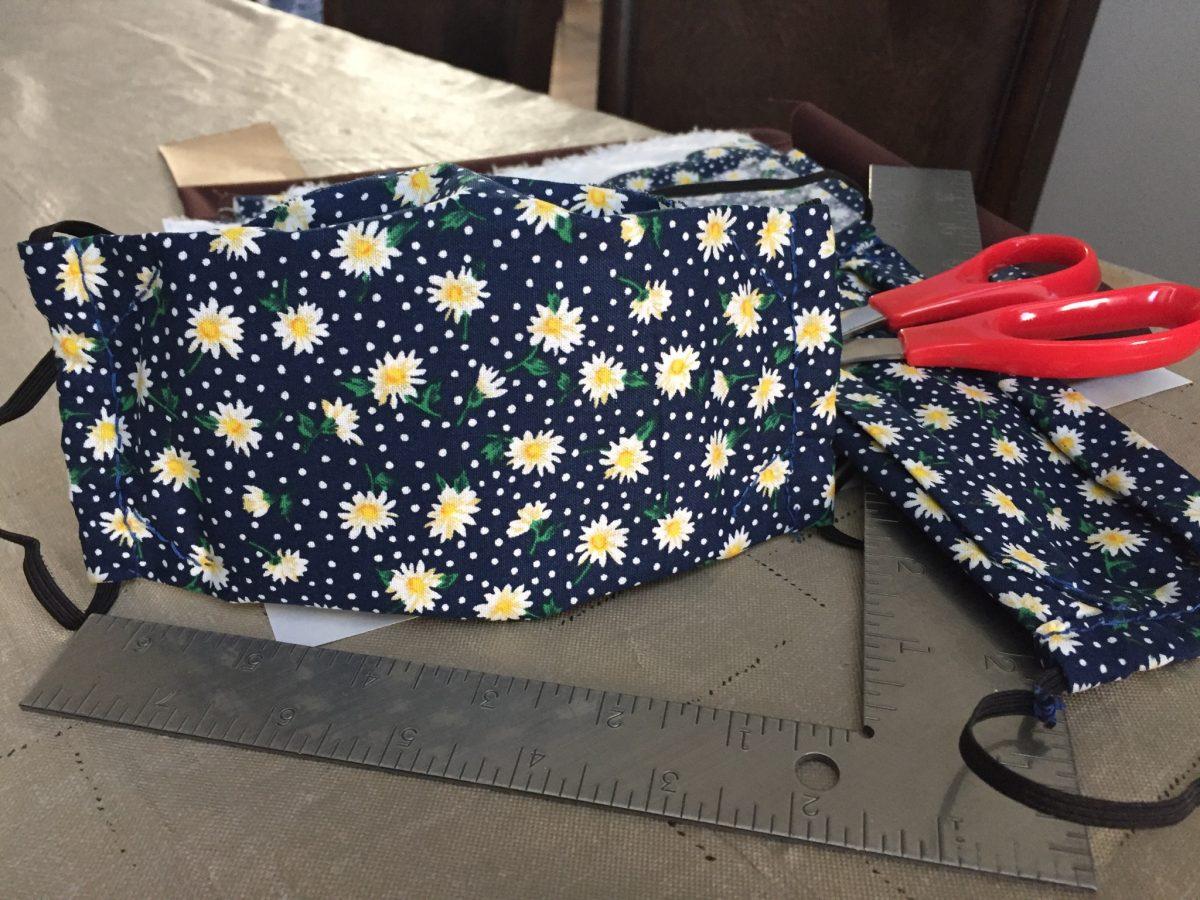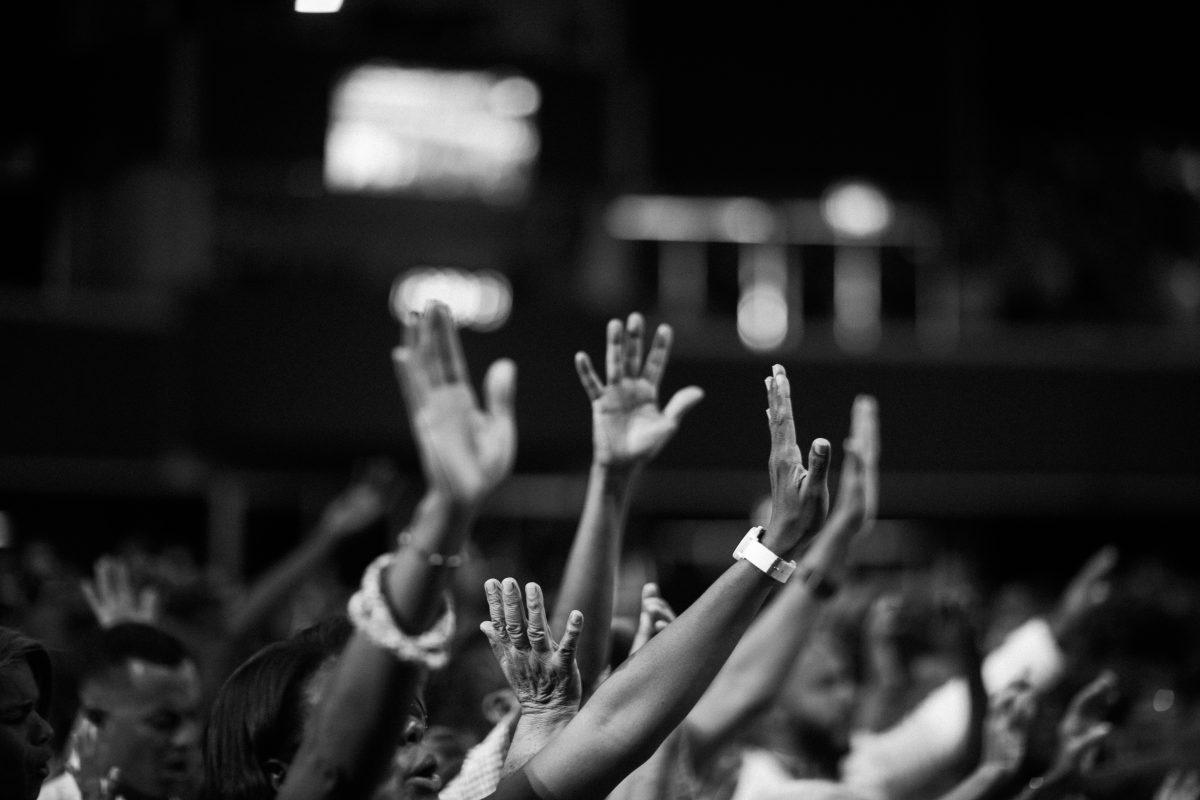As most Central Oregon Community College students begin the term in the comfort of their own homes- Crook, Jefferson and Deschutes county health departments are advising residents to wear masks to slow the spread of COVID-19, effective April 6th.
In a press release by the Central Oregon Emergency Information Network (COEIN), this precaution is in response to an announcement by The Centers for Disease Control and Prevention (CDC). While a majority of COCC students have switched to remote learning, there are still students who rely on campus services such as the residence hall and campus internet access.
The CDC is advising people to maintain social distancing in public areas. Central Oregon health experts also recommended frequent hand washing and avoiding others if one manages to become ill.
“Don’t assume that wearing a mask takes the place of any of those healthy behaviors,” said Muriel DeLaVergne-Brown, Crook County Public Health Administrator.
“Covering up can help prevent the spread of COVID-19 by the many local residents who may be carrying the virus, but are not showing signs of illness.”
While students may not have access to surgical masks or N-95 respirators, the principle behind wearing a mask is the same regardless of design. Having a physical barrier prevents droplets from landing on others and discourages wearers from touching their face.
“The assumption at the time was that people without symptoms were healthy and would not spread the disease,” said George Conway, Deschutes County Health Services Director.
“As details of this virus have emerged, we now know that some people are contagious before they have symptoms and some never feel sick at all and they spread the disease before they would ever consider masking up.”
The CDC advises the use of a simple cloth face covering as a mask to not impact the small supply of manufactured masks prioritized for healthcare workers.
These masks can be fashioned from household items or materials. Local health officials recommend that the mask tightly encloses the area around the nose and mouth, using a tightly woven material that is breathable.
Of course, not everyone should wear a mask. Children under the age of two and people with respiratory problems are the most at risk for example.
Masks should also be cleaned regularly, preferably with hot water and detergent. The mask should be of quality where it can handle high temperatures without shrinking or deforming.
When one removes a mask, they should do so in a way not to touch their eyes, nose, and mouth and immediately wash their hands afterward.
“When we both cover our nose and mouth, I protect you and you protect me” said Conway.
Luke Reynolds/The Broadside














